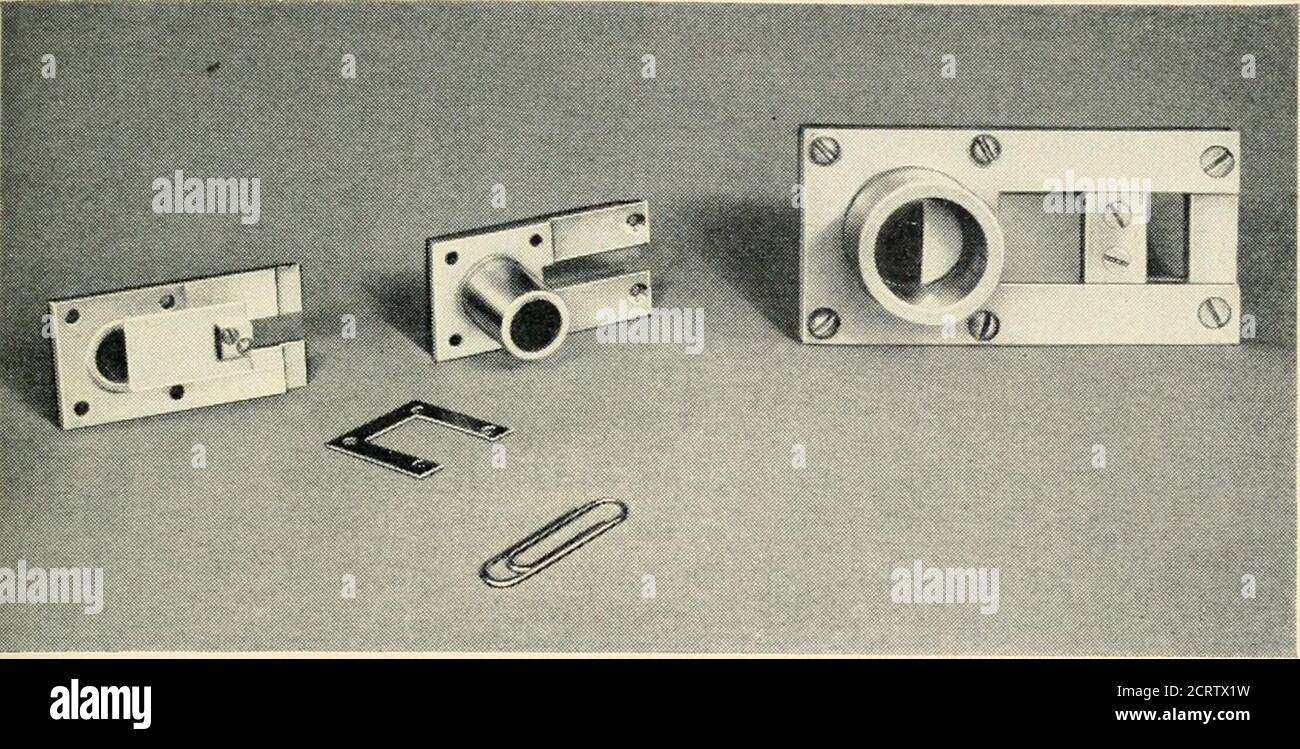

You also must provide the bank a copy of the will to show the decedent wished to transfer that stock to the person named on the form.

To complete these forms, you will need detailed information about the heir, such as:Īfter you have completed the bank or brokerage's transfer of ownership forms, you need to return them to the bank. Each bank and brokerage may have different procedures for notifying them, which is why it's important to contact them first before sending them any documentation.Īside from providing the bank with documentation regarding the account holder's death, the bank will also require you to complete transfer of ownership forms. Now that you have located the bank holding the account, you must let them know the account holder has died. Your best bet is to review all bank statements and note which bank(s) hold the accounts. If the decedent did not leave detailed information about where their accounts were held, this could be a time-consuming step for you. This may be a traditional bank, an online bank, or a brokerage firm. The first step in transferring stock to an heir is to locate the bank holding the account. When the decedent's will is entered into probate and the probate process is underway, one role of the executor is to transfer assets, including stock. In today's electronic-focused world, we no longer use paper certificates, but we are still required to sign over the shares of stock whenever a transfer is made. When the individual wanted to sell or transfer their shares of stock, they would simply sign the certificate over to another individual. Many years ago, when a person purchased shares of stock in a company, they received a paper certificate showing how many shares they owned. But if the decedent wants to transfer individual stocks held within the same account, transfer on death beneficiary status will not work and will require you, as the executor, to take additional steps.

The entire account transfers to the individual named as the transfer on death beneficiary. This process takes place the moment the account holder dies. Most banks and brokerages provide for an account holder to name a beneficiary of the account, referred to as a transfer on death beneficiary. The easiest type of transfer to make is one that doesn't even involve you as the executor. But each bank and brokerage may require you to take certain steps before doing so. As an executor of the will, you will have the authority to make this transfer. Part of that distribution often involves transferring stock. When a person dies, their executor or personal representative has many duties, one of which is ensuring all heirs receive their distribution of assets according to the will.


 0 kommentar(er)
0 kommentar(er)
